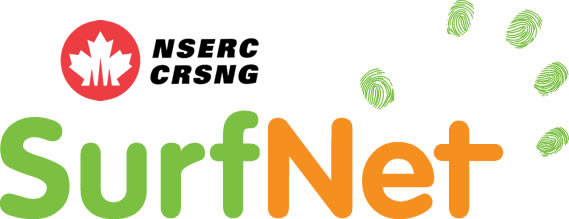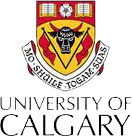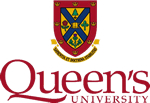MSEAPI - An API For Multi-Surface Systems
Industrial Problem
In many industries today analysis and decision making is done by groups with different specialities and backgrounds. Supporting these collaborative tasks is difficult because the users often have different systems, data and approaches which have to be brought together to solve a single problem. While employing modern technology such as large wall displays and tabletops can improve collaboration, working seamlessly with these systems is still difficult.
A multisurface system can help address these issues by making collaboration easier. Currently, even simple tasks, like moving data content between two devices is difficult. An MSS would allow users to share data in a simple and gestural way. Incorporation proxemic and positional information it’s now possible to support novel and interesting interaction, for example, passing data between a users phone and a large display can be accomplished by just pointing the device at the screen and flicking the content. By lower the barriers to data sharing and collaborative work, many analysis and visualization tasks in the oil & gas, telecommunications and other industries can be improved.
Research Goal 1 (Interactions)
Because multisurface systems are still new, a good set of interactions and gestures has not been developed. This means that system designers have no good guidelines for which gestures and interactions to support within a multisurface system. Our research goal to derive a set of gestures and interactions for designers to use. We will also plan to validate this gesture set with empirical evidence.
Research Goal 2 (API)
Developing a multisurface system is a complex task, it involves networking, spatial and proxemic tracking and distributed systems. A developer constructing such a system would have to deal with each of these issues, all of which are ancillary to the development tasks. Our research goal is to create a usable, learnable API which can solve many of these tasks for developers. A developer using this API could then focus soley on their specific application needs and not on a reusable and generic task common to all multisurface systems.
Preliminary Multisurface System
Publications
- Chris Burns, Developing a Usable API for Multi-Surface Systems Master’s Thesis, University of Calgary (2013). Slides: Thesis Presentation
- Teddy Seyed, Chris Burns, Mario Costa Sousa, Frank Maurer, “From Small Screens to Big Displays: Understanding Interaction in Multi-Display Environments”. In Proceedings of the ACM International Conference on Intelligent User Interfaces (IUI’13), Santa Monica, California, USA, 2013.
- Chris Burns, Teddy Seyed, Theodore Hellmann, Mario Costa Sousa, Frank Maurer, “A Usable API for Multi-Surface Systems”. In Proceedings of the Workshop on Envisioning Future Collaborative Interactive Spaces (BLEND’13). Paris, France, 2013
- Chris Burns, Teddy Seyed, Theodore D. Hellmann, Jennifer Ferreira, Frank Maurer: Towards a Usable API for Constructing Interactive Multi-Surface Systems. Proceedings of the Workshop on Infrastructure and Design Challenges of Coupled Display Visual Interfaces (PPD 2012), Capri, Italy, 2012.
Workshops and Symposiums
- “Towards a Usable API for Constructing Interactive Multi-Surface System” PPD Workshop – Capri Italy
Partners
 |
 |



